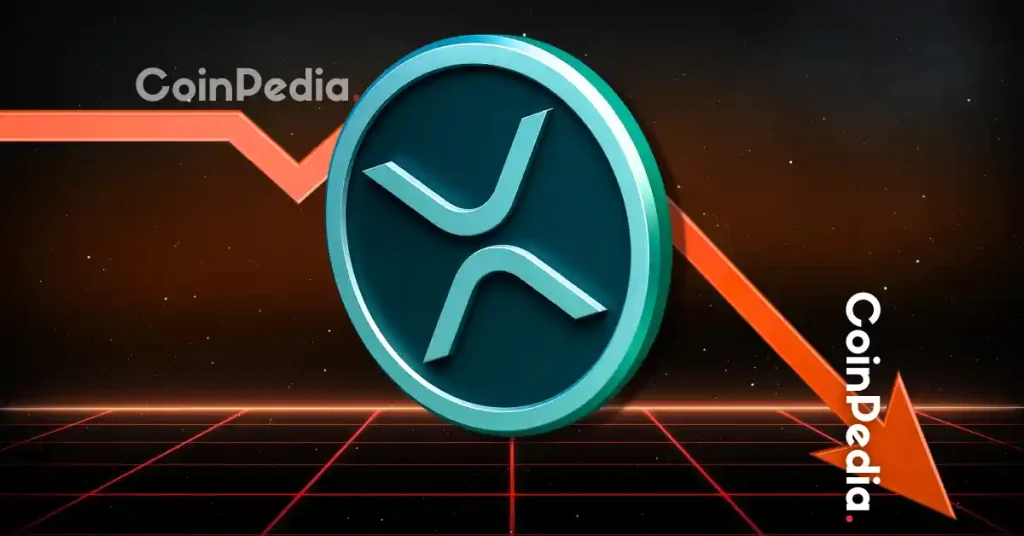The global cryptocurrency market cap decreased 1.52% to $3.85 trillion, as the CMC100 Index fell 1.75%. On the surface, it looked like another red day. But beneath the market noise, a battle with far-reaching implications is unfolding.
Pyth Network (PYTH ($0.11)) surged +91.3% in the last 24 hours, while Chainlink (LINK ($18.05)) declined slightly by 0.53%. This divergence is more than just volatility. It signals the beginning of what analysts are calling the Oracle Wars. The outcome of this rivalry may define the next phase of crypto adoption and growth.
Why Oracles Are the Hidden Backbone of Crypto
Oracles serve as the data pipelines of Web3, bringing real-world information, such as prices, weather data, and identity feeds, into blockchains. Without oracles, decentralized finance (DeFi) would not function. Lending markets, synthetic assets, real-world asset tokenization, and automated contracts all depend on reliable data feeds.
For almost a decade, Chainlink has been the undisputed leader. With integrations across Aave, Synthetix, MakerDAO, Arbitrum, and Polygon, Chainlink oracles secure billions in total value locked. But PYTH’s explosive rise shows that this dominance may no longer be uncontested.
PYTH’s Breakout: A 91% Surge and Rising Momentum
- Performance: PYTH jumped to $0.2252, up 91.3%, making it one of the biggest movers across the entire market.
- Narrative Strength: PYTH positions itself as a high-speed, low-latency oracle built for modern DeFi and backed by Jump Trading, Jane Street, and other Wall Street firms.
- Ecosystem Adoption: More than 300 dApps on Solana, Sui, Aptos, and BNB ($1,124.80) Chain already use PYTH feeds.
- Catalyst: As Solana climbed above $210, PYTH has benefited as the default oracle of the Solana ecosystem.

Source: Coinmarketcap
LINK’s Stability: Strength or Complacency?
- Performance: LINK currently trades at $24.01, down 0.53%, showing relative stability compared to PYTH’s explosive gains.
- Institutional Strength: Chainlink remains the top choice for institutions, securing over $9 billion in TVL across multiple blockchains.
- Potential Weakness: In past cycles, dominant leaders have eventually faced challengers. Just as Ethereum was tested by Solana and Avalanche, LINK now faces PYTH, API3, Band, and other oracle providers.

Source: Coinmarketcap
Why This Divergence Matters
- The End of Monopoly: PYTH’s growth suggests the oracle sector may no longer be a one-player market. A multi-oracle landscape could emerge, similar to the multi-chain environment that reshaped L1 narratives.
- TradFi Backing: With Jump and Jane Street behind it, PYTH bridges the gap between Wall Street and DeFi, potentially lending it credibility in institutional adoption.
- Utility-Driven Altseason: While meme coins continue to rally, PYTH’s surge proves that utility tokens with clear use cases are still commanding investor attention.
- Strategic Positioning: LINK’s long-term credibility and PYTH’s fresh momentum create a classic “old guard vs rising challenger” dynamic that has historically fueled innovation in crypto.
Conclusion: The Beginning of the Oracle Wars
Every crypto cycle is defined by rivalries. In 2017 it was Bitcoin vs Ethereum. In 2021 it was Solana vs Ethereum scaling solutions. In 2025, it may be Chainlink vs Pyth Network.
The significance of this battle is hard to overstate. Oracles are not just another category of token. They are the lifeline of DeFi and the adoption of real-world assets. Whoever controls data feeds will hold immense influence over the next phase of blockchain growth.
With PYTH surging 91% in a single day and LINK maintaining its long-standing grip on the industry, the Oracle Wars may have just begun.
The post PYTH +91% vs LINK Stability: Oracle Wars Quietly Decide Crypto’s Next Growth Phase appeared first on FXcrypto News.














![Crypto News Today [Live] Updates On October 28 2025](https://image.coinpedia.org/wp-content/uploads/2025/05/31122324/crypto-news-1024x536.webp)







 24h Most Popular
24h Most Popular






 Utilities
Utilities